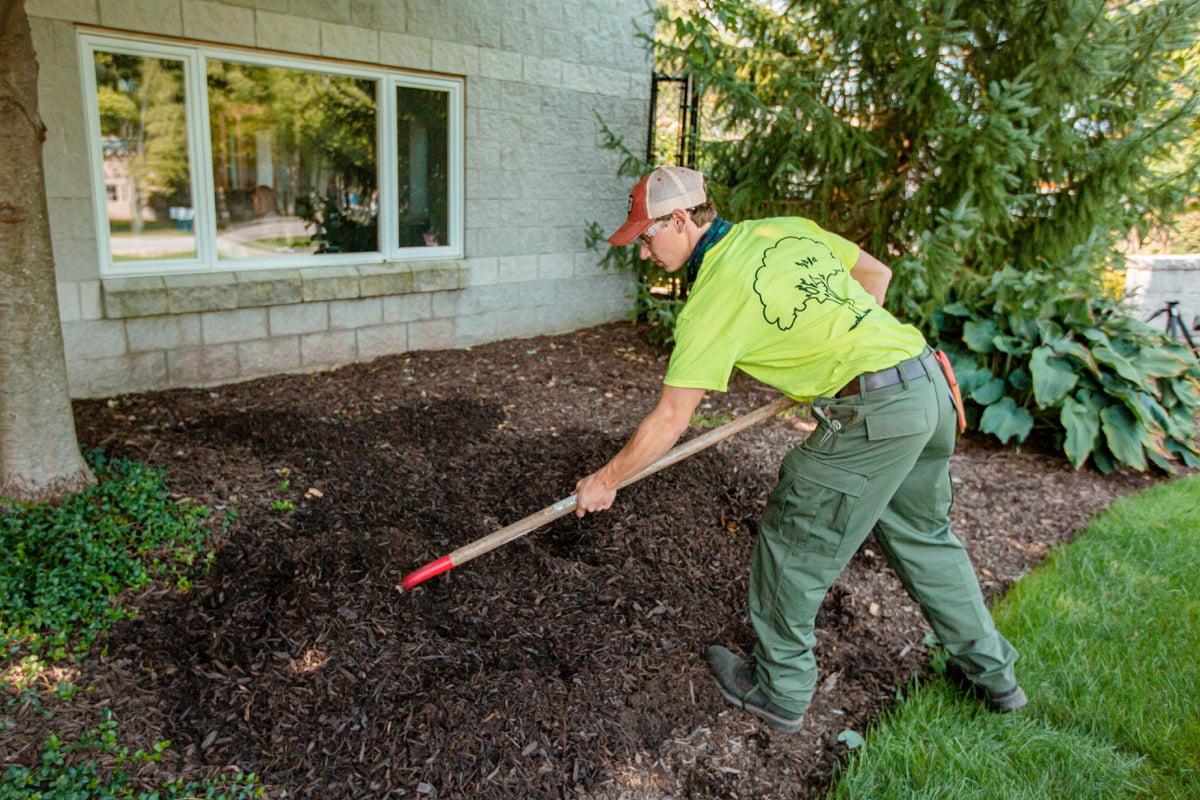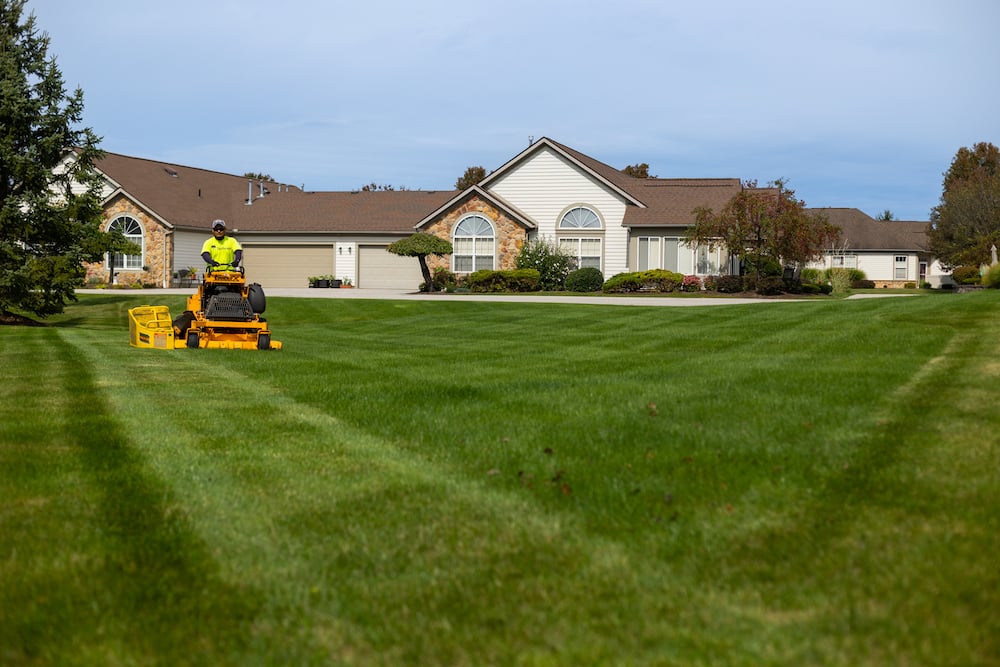The industrial and digital revolutions have been great for humankind. But they have come at a cost: our collective carbon footprint. Every gas pedal pushed, every factory in action, every new shopping center project contributes to that carbon production. And while people argue over how much we can do about it, at this point, there are definitely still things you can do to reduce your carbon footprint in your very own backyard.

Here are some of the ways forward thinking landscapers are introducing eco-friendly landscaping practices into their commercial properties to reduce their carbon footprint and increase aesthetic value.
Native Plants
Planting native trees, shrubs, and flowers is a tactical move. Native plants tend to thrive with little or no outside help, because they are naturally inclined to grow best in your climate and soil type. If you go to any greenhouse or gardening store, plants will be tagged with their hardiness zone. For instance, Northeast Ohio is located in Plant Hardiness Zones 5 and 6 (check out the USDA Agriculture Research Service). A landscaper can also recommend combinations of native trees, shrubs, and flowers that combine well for optimal growth, minimal upkeep, and maximum beauty.

Hand Pruning
Power shears can be efficient, but there’s something nice about hand-pruning your shrubs and perennials, and it’s not just the Zen quality of the activity. Hand-pruning cuts down on the use of gas and electricity. It may take a little bit more time, but it certainly does the earth a favor, and it can lend a nice natural shape to your plants. Bonus: You’ll also find cleanup to be much easier.

Mulch
Applying a layer of mulch (organic matter like wood chips, grass clippings, leaves, or old newspaper) helps trap in moisture. In Northeast Ohio, this is helpful in the hot, dry months like July and August when rainy days are few and far between. Mulch helps keep soil moist while acting as an insulator to keep the soil temperature cooler—better for flowerbeds and keeping your irrigation bill down.

Water Conservation
Another great way to conserve water is to install a rain barrel, which traps and stores rainwater to use for watering flowers and shrubs. Rain barrels are inexpensive, easy to install, and fill up quickly even just from a light rain. They also reduce your water bill.
Grass Clippings
When you mow a lawn, instead of bagging the grass clippings, return them to the soil. Why? Grass clippings are full of nutrients, the best possible fertilizer for your lawn. This practice also helps maintain a thatch layer at the base of the turf, which is very healthy for your lawn—and it keeps plastic bags out of landfills.

Compost
Like grass clippings, yard and kitchen waste breaks down and creates nutrient-rich food you can use to till into flowerbeds or a vegetable garden. If you have the space, a compost pile is very easy to construct in a quiet corner of your property.
Recycling
We’re not just talking about recycling your newspaper (although it’s better to reuse it for mulch, actually). We’re talking about flowerpot recycling — reusing pots instead of throwing them away. As you transfer plants to soil or repot them in bigger vessels, keep the originals for other uses.
.jpg?width=1087&height=815&name=2-Turfscape_flowers%20(1).jpg)
Adopting all of these practices immediately might sound overwhelming, but even one or two can help reduce your carbon footprint and make your property more self-sustaining and environmentally friendly. Every little bit we do means future generations get to enjoy the same green earth (and lawns) we do today.
If you have any questions about any of the ideas, above feel free to contact us.



